Lute straps
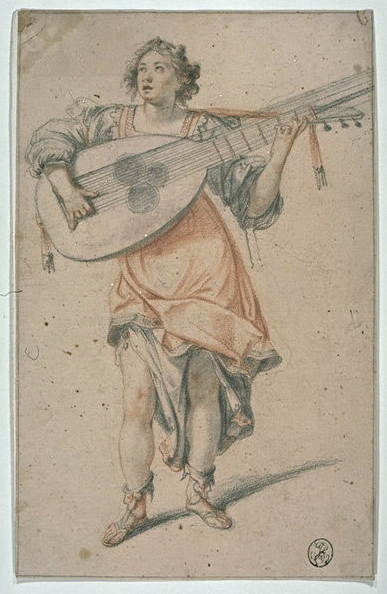
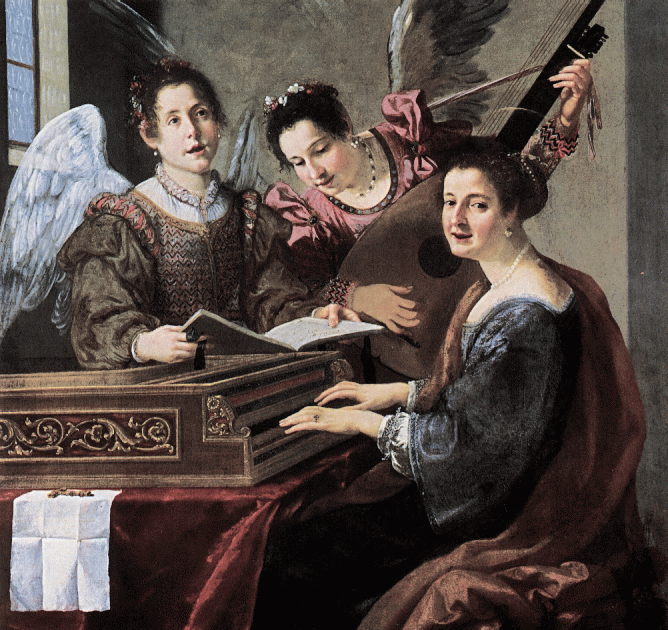
These are both examples of a strap being used in the way we are currently used to seeing them. That is, going from a button on the bottom end of the lute, over the shoulders of the player and then to the pegbox. In this case it is quite high and tight but then it is a large lute being played standing.
But the interesting thing is that this is really a rather uncommon picture, most paintings show either no strap being used at all or, if there is one, used in a very different manner.
Even the huge theorbo being played in the famous painting of Louis XIV musicians is shown played without a strap.
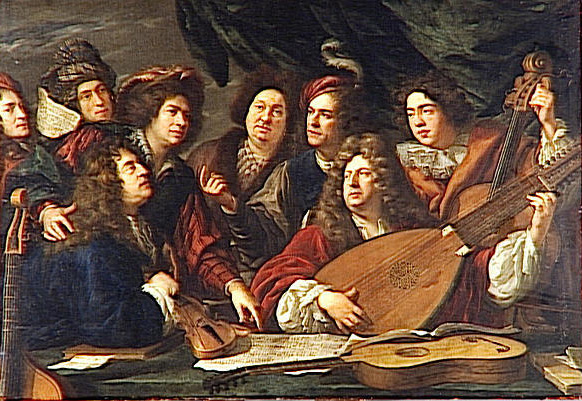
Francois Puget, Réunion de musiciens (The Musicians of Louis XIV) 1687
Musée du Louvre, Paris, France
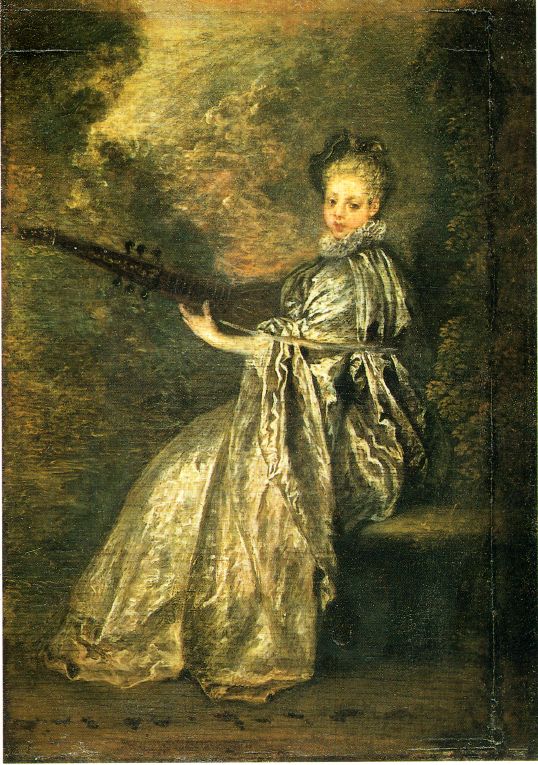
Antoine Watteau, The Delicate Musician
Musée du Louvre, Paris, France
This picture is rather unusual in showing a strap in use so clearly. But the way the strap is arranged seems not to fit the practice of most players today. It looks rather as if it would cramp the player's freedom to move her left arm and anyway it is not at all clear how it supports the lute. Indeed it is not even clear what exactly the visible end of the strap is fastened to. It goes to the bottom side of the neck rather than to the familiar button on the neck block. One might be tempted to dismiss it as an aberration but there is another equally famous painting showing a similar arrangement of strap.
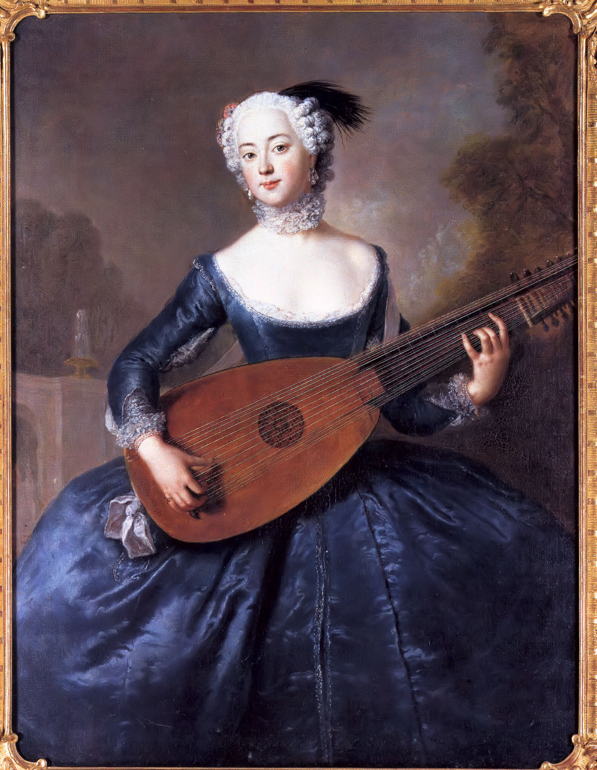
Portrait of Eleonore Louise Albertine, Comtesse von Schlieben-Sanditten, Freifrau von Keyserlingk, wife of Dietrich Cesarion
Schloss Charlottenburg, Berlin, Germany
Here the strap could be fastened to the neck-block button, but these buttons, though common on surviving lutes from the baroque period, are almost always too small to function safely to hold a strap coming from that angle. The general view is that these small neck-block buttons were used to hold a tight strap that ran from an equally small button on the bottom end of the lute as shown here.
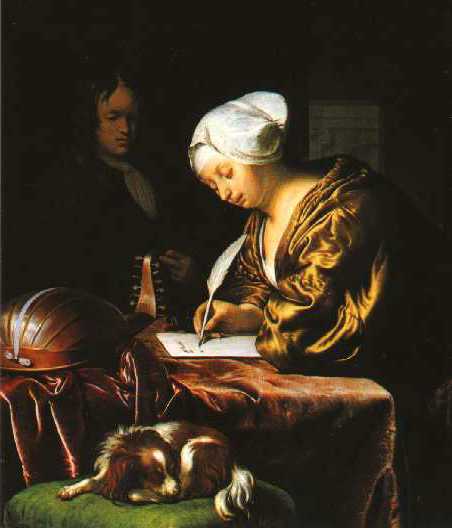
Frans van Mieris, Woman writing a letter
Rijksmuseum, Amsterdam, Netherlands
These tight straps round the back of the lute between the two buttons seem to have been usually gut, like a lute string. One or two surviving lutes in museums still have these strings, or even sometimes traces of them in the form of grooves in the varnish on the back. And these tight straps or strings are shown in many paintings of the period.
As far as know there is no picture showing exactly how this type of tight string or ribbon was used but it has been surmised that they were there to be hooked over a strategically placed button on your frock coat or dress. This became increasingly necessary as the number of strings on the lute increased in the baroque period, thus making the pegbox longer and even more liable to unbalance the instrument, making it tend to swivel and slide as you play. This string or ribbon sometimes had a tied loop in it about halfway along, which tends to confirm the view that it was to be hooked over a button in the clothes. Of which there were sometimes many in this period!
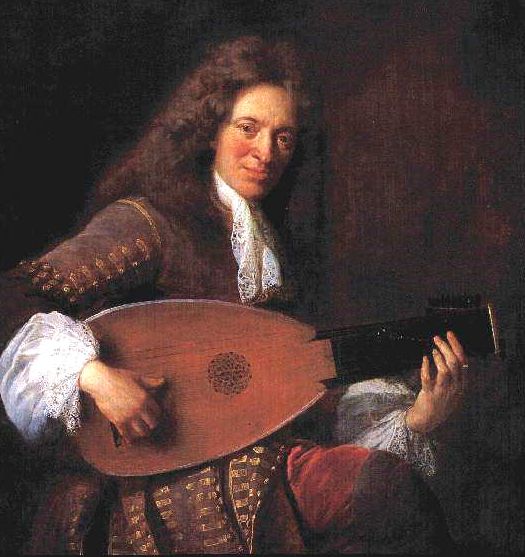
Charles Mouton by Fran¨ois de Troy, Paris, 1690
Musée du Louvre, Paris, France
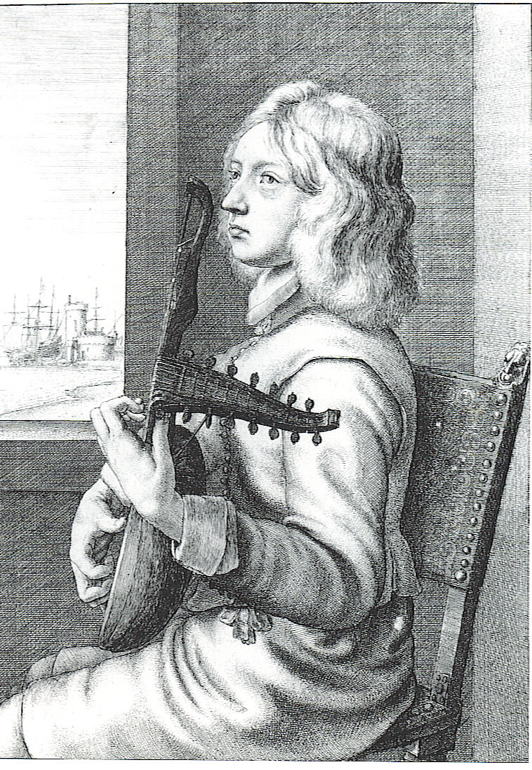
Wenceslaus Hollar, 1607-1677, John Ash, englishman
The New York Public Library for the Performing Arts - Music Division
Intriguingly, this engraving seems to show a similar arrangement but using one string connected directly from the neck-block button to a button on his clothing. (What appears to be a second, stabilising, string turns out on close inspection to be the bottom edge of his right-hand sleeve.)
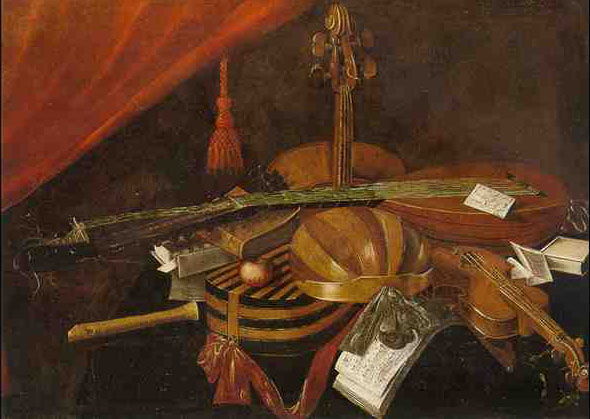
Evaristo Baschenis, (1606-1677)
This does show a strap for the guitar and presumably the bow indicates the end of a strap for the lute, but no means of telling how long or how it was used.
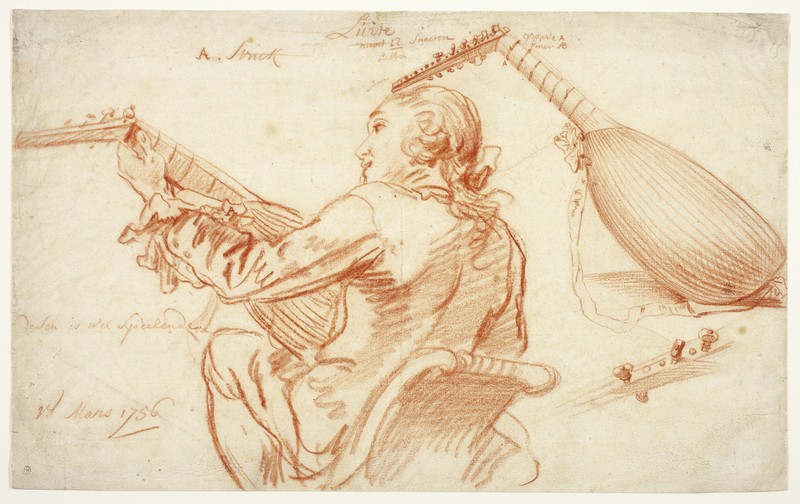
Sketches of a Lute Player and Lute, 1756
Jan Anton Garemyn (1712-1799)
This late Flemish picture shows the ribbon strap with bow on the lute considered as an object but, alas, does not show it in use. It seems so short that it must been something like the Watteau bondage kit!
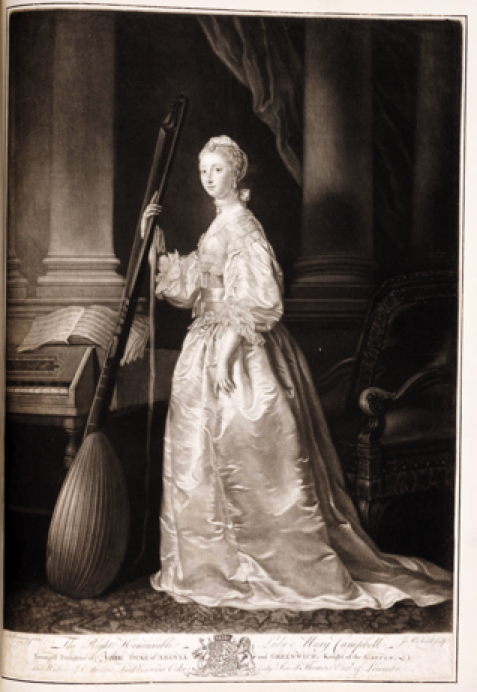
In general, straps seem to be most in use later and for the larger instruments. For instance this very late theorbo belonging to the scandalous, and scandalously ill-used, Lady Coke of Holkham Hall Norfolk.